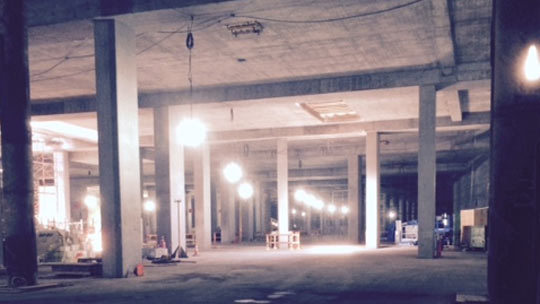A RAB or a Robbery?

Transbay Terminal: stillll waiting
A captivated audience of planners and transit pundits gathered at the War Memorial Building recently to listen to the SFMTA and SF Planning Department staff heap accolades on the planning process of the new changes and alternatives being proposed for the RAB (Rail Alignment and Benefits) downtown routing of Caltrans and the High Speed Rail route to the DTX (Downtown Terminal). Architectural renderings that were shown included locating the High-Speed Rail entry stations to allow for more development and density in the South of Market. These previously industrial areas of the city, now being re-invented as high-end housing, were subject to questions of rising sea water levels that may turn the new areas into the Venice of the west. Regardless, the planners, including Director John Rahaim, spoke consistently of looking at this proposal as a vision for the future, while Sonja Trauss (SFBARF) held aloft her child and Rahaim noted that these plans were not for us, but for the next generation of SF inhabitants.
There is a real problem currently with the SFMTA and Planning leadership in how they address existing community members, seniors, and disabled; they focus on creating plans for a conceivable future at the expense of everything else. When it came time for questions, Rahaim attempted to limit the open-mike Q/A series of issues being read and addressed by the planners, and only 1-3 people were able to ask their questions.
I rose to the front asking to have my question heard, and asked what about transit EQUITY? Why was there so much money being pumped into the downtown projects, when other areas of citywide development and the promise of a citywide subway system seem lost? Sufficient dollars are needed and inventiveness in the proposals by city agencies. Rahaim noted that they are taking equity into account with the SF Transit planning initiatives. His brush-off of my question ignored again concerns about the capacity limits of a city, where the focus is on agreements with LYFT/UBER/BIRD/LIME/FORD and other corporate behemoths, but not extending to the issues raised by the community on their future needs. When planning ignores the public process by these dog-and-pony-shows, it ignores the downside of a run-away money-train, and the need to balance transit and transportation with growth in the city.
~~ A. Goodman

